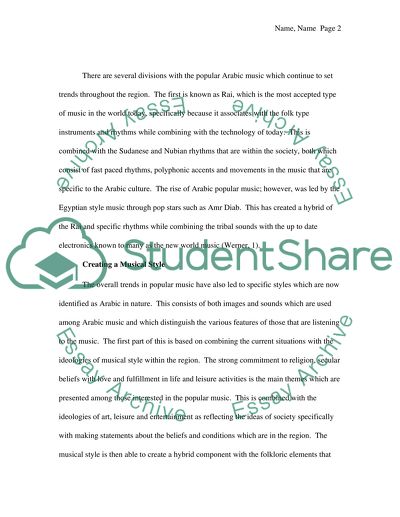Cite this document
(“Trends in Arabic Music Essay Example | Topics and Well Written Essays - 2000 words”, n.d.)
Retrieved from https://studentshare.org/music/1418931-trends-in-arabic-music
Retrieved from https://studentshare.org/music/1418931-trends-in-arabic-music
(Trends in Arabic Music Essay Example | Topics and Well Written Essays - 2000 Words)
https://studentshare.org/music/1418931-trends-in-arabic-music.
https://studentshare.org/music/1418931-trends-in-arabic-music.
“Trends in Arabic Music Essay Example | Topics and Well Written Essays - 2000 Words”, n.d. https://studentshare.org/music/1418931-trends-in-arabic-music.


